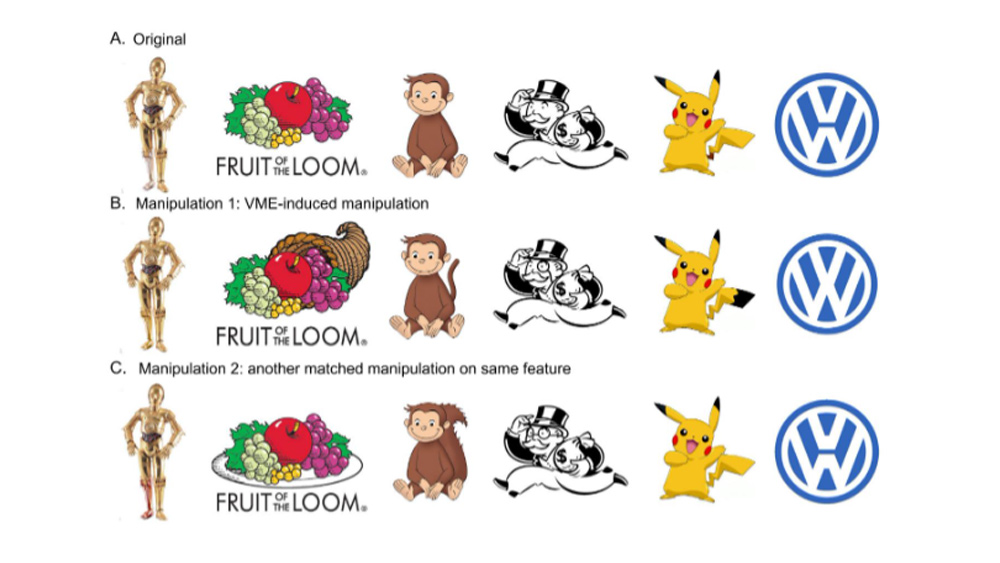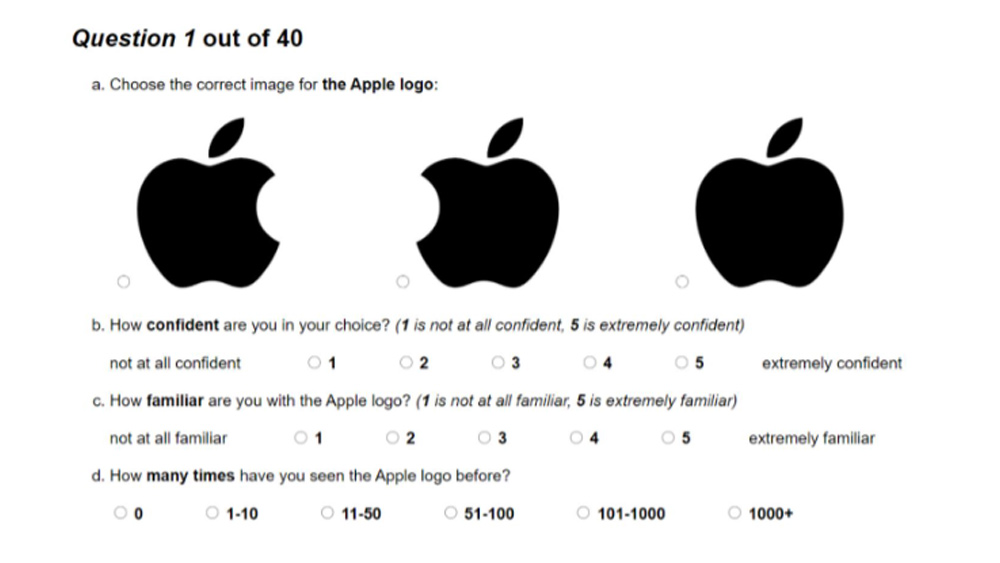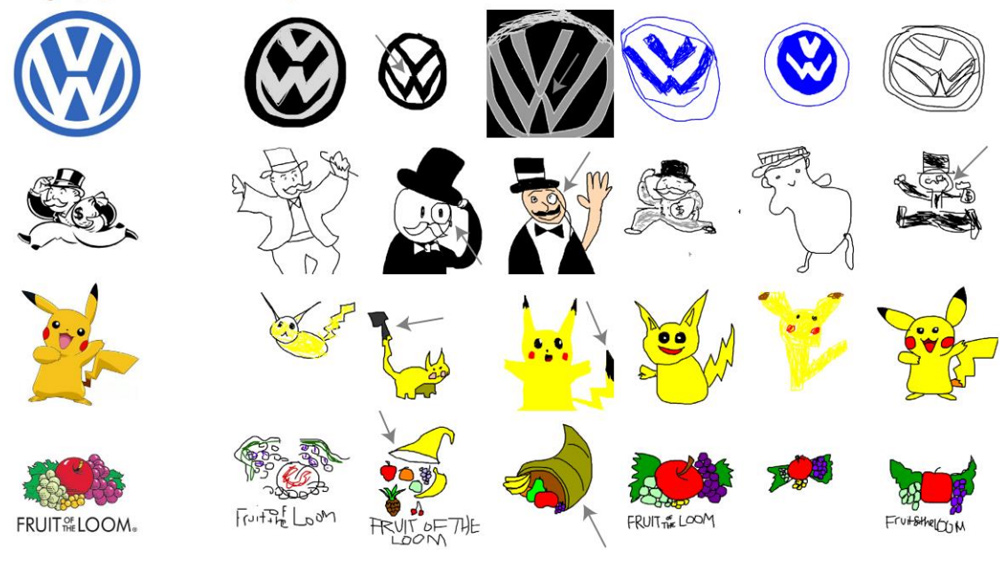You might be remembering these logos all wrong
We all know the Monopoly logo design, right? It features the jovial and filthy rich mascot Mr Monopoly, AKA Rich Uncle Pennybags, decked out like a 19th-century slumlord with his moustache, top hat, cane and monocle. Wait, what do you mean he doesn't have a monocle?
I'm knocked for six, but it appears that I completely made up the bit about the monocle. This is due to something called the visual Mandela effect, which can leave us convinced that we remember seeing an image in a form that simply never existed. Scholars at the University of Chicago have been studying the phenomenon and have found that people have false memories of various logos and icons – and on a mass scale. We note in our guide to how to design a logo that a design should be memorable. Well, it just turns out that how we remember it might not be very accurate.

Neuroscientist Wilma Bainbridge and lab manager Deepasri Prasad at the University of Chicago's Brain Bridge Lab found that people have confident and consistent false memories of famous icons. And some of the false memories are widespread If you're convinced that Mr Monopoly wore a monocle at some point, you're far from being the only one. You'll find forums all over the internet in which people swear they remember seeing the logo that way.
They scraped the internet for such cases and compiled a collection of original images and the falsely remembered counterparts that they picked up on from internet discussions. They added to this with their own selection of pop culture icons, which they made small tweaks to in order to test if people would identify the original, correct image.
As well as the Monopoly mascot, they used 39 other images, including the Apple, Bic, Disney, Fruits of the Loom, Ralph Lauren and Volkswagen logos, the Bluetooth symbol, Pikachu, C3PO, Wally/Waldo of Where's Wally fame and Curious George. Participants were asked to choose which of three versions was the correct image.

In the case of the Apple and Ralph Lauren logos, around 80 per cent of participants chose the correct design. But when it came to Monopoly, Volkswagen and Fruits of the Loom, only between 20 and 30 per cent of respondents chose the correct logo. The majority of people were also convinced that Pikachu has a black-tipped tail.

Prasad found that people also tended to produce the same errors spontaneously if asked to draw an image from memory rather than choose the correct option from a series of images. "We found that there really is a strong effect where people are reporting a false memory for an image they’ve actually never seen," Bainbridge says.
Daily design news, reviews, how-tos and more, as picked by the editors.
What is the Mandela effect?
The Mandela effect is a phenomenon in which a large number of people misremembers a significant event or share a memory of an event that didn't actually happen. The term was coined in 2009 by Fiona Broome when she created a website about a false recollection of former South African president Nelson Mandela having died in prison in the 1980s.
The visual Mandela effect refers to a similar phenomenon with images. People remember an image differently to how it really was. This effect has been recognised for some time, but the authors of the new paper, which will be published in the journal Psychological Science, claim that theirs is the first scientific study of a phenomenon
So if Mr Monopoly has never worn a monocle and the Fruits of the Loom logo doesn't include a cornucopia, why do people think they do? One possible explanation put forward has been scheme theory. The suggestion here is that we add these things to the image in our minds through thematic association – so we associate a monocle with wealth or the costume of a 19th-century city gent.
However, the Fruits of the Loom logo challenges this notion since a cornucopia isn't the most obvious thing to appear on a plate of fruit – although there are representations of such a scene in art. The new study doesn't identify a cause of the effect but concludes that it could help us to determine what creates false memories – something that could have implications for the design world.
“It has some interesting implications in terms of logo design or how to select photographs for educational material and advertisements because you want people to have accurate memories,” Bainbridge said. “You don’t want them to misremember information. And that actually relates a lot to some other important topics right now, including what images are used in the media.”
If you're looking to design a logo of your own, see our guide to the best logo designers. You might also want to take some inspiration from our pick of the best logos ever – and avoid the pitfalls of the worst logos of 2022 so far.
Read more:

Joe is a regular freelance journalist and editor at Creative Bloq. He writes news, features and buying guides and keeps track of the best equipment and software for creatives, from video editing programs to monitors and accessories. A veteran news writer and photographer, he now works as a project manager at the London and Buenos Aires-based design, production and branding agency Hermana Creatives. There he manages a team of designers, photographers and video editors who specialise in producing visual content and design assets for the hospitality sector. He also dances Argentine tango.
